Preacher Curls: Build Huge Biceps With This Isolation Exercise
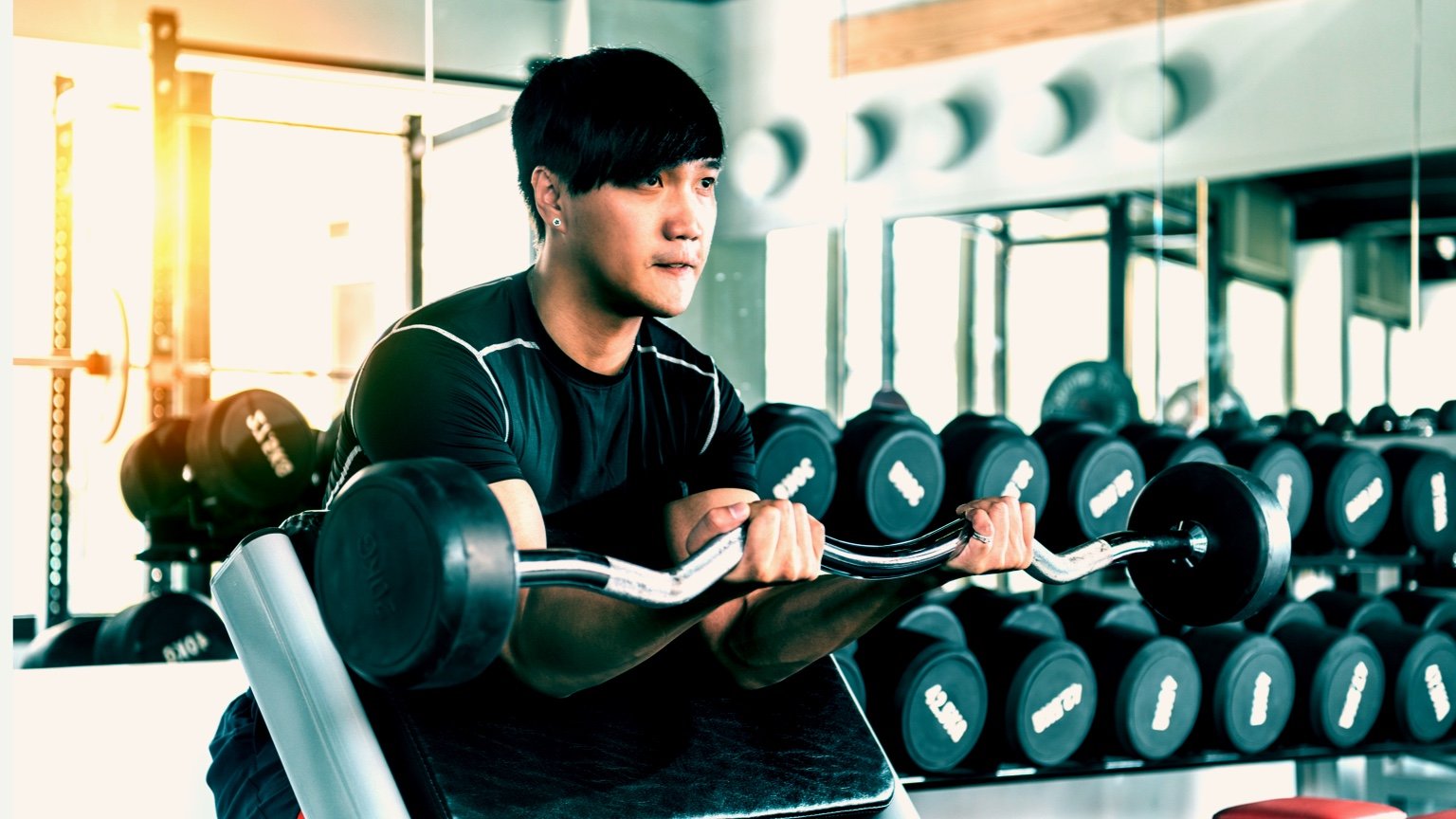
Preacher curls are an effective alternative to the popular bicep curls. The exercise, using a preacher bench — which has a sloped, padded surface and an adjustable armrest — keeps your upper arms and chest fixed in position. This means you cannot swing or use momentum to assist in the curl, ensuring your biceps are doing all the work.
Whereas standing curls engage other muscles, including your core and back, preacher curls put greater emphasis on your biceps. Greater engagement of these muscles makes this a fantastic isolation exercise to build strength and size in your bicep muscles.
Equipment you need
First you will need a preacher curl bench, will you can find at most gyms. These benches are designed for this exercise, helping to isolate biceps and prevent cheating during the exercise. We recommend using a preacher curl bench to help you achieve the full range of motion and proper form during the curls.
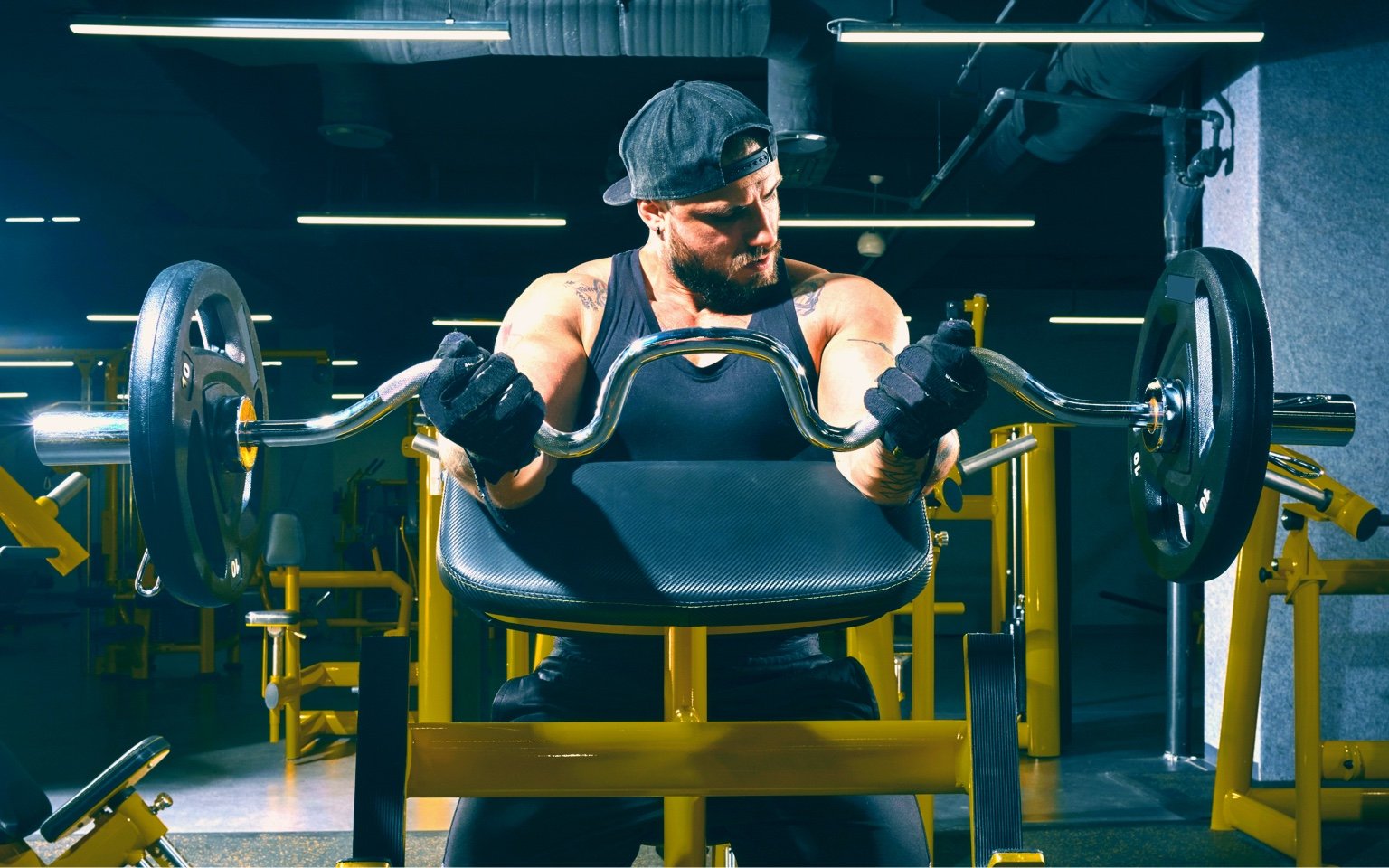
If a preacher curl bench is not available, you can instead use a regular training bench. Adjust the position to lean the bench back slightly, with your arms on top. Make sure your elbows are well supported. This setup mimics the range of motion, but will not provide the same level of stability and support as you curl.
You will also need something to lift – you can use dumbbells, barbells or the EZ bar, as we recommend. Each of these variations has its own advantages and disadvantages, and your choice will depend on your own personal preferences.
Dumbbells allow a greater range of motion. They are also great if you have a bilateral muscle imbalance, since you can use different weights for your left and right arms.
Barbells are a better choice for lifting heavier weights, but due to the underhand grip, doing this exercise with a barbell can put greater strain on your wrists.
The EZ bar is another popular option. The EZ bar is a piece of weightlifting equipment with a unique curved shape. It is a good option for many arm exercises, since it has a natural, comfortable grip that takes pressure off your wrists. We highly recommend using the EZ bar for lifting weight safely, and it is a great choice if you are a beginner or have joint issues.
When using the EZ bar, use an underhand grip (palms facing up) to isolate the biceps. If you want to work your forearms more, you could also use an overhand grip. This variation is called a reverse preacher curl.
As with all exercises, it is important that you use the proper form and do not exceed your strength limits. Start with a lighter weight and gradually increase over time.
Benefits of preacher curls
Preacher curls are a very effective exercise if your goal is to increase the size of your biceps, brachialis and brachioradialis muscles. Although bicep curls also isolate the biceps, preacher curls take this to the next level in comparison.
By fixing your arms on the pad and chest against the bench, preacher curls isolate the bicep muscles and minimize the involvement of your other muscle groups. This isolation means you are focusing entirely on the contraction and extension of your biceps. So all your workout effort is going into building bigger biceps!
It’s important that you maintain the correct form to see all the benefits of this exercise.
Because the bench constrains your motions, it is more difficult to swing your arms. This is one of common temptations and mistakes you could make with bicep curls. And as the exercise naturally encourages you to maintain proper form, there is arguably less risk of injury in comparison.
Which muscles do preacher curls work?
Preacher curls primarily work the biceps brachii, also known as biceps. Your biceps brachii have two heads, known as the long head and short head. Both originate from your scapula (your shoulder blade), but have different points of attachment. The long head connects to your supraglenoid tubercle and the short head connects to the coracoid process directly.
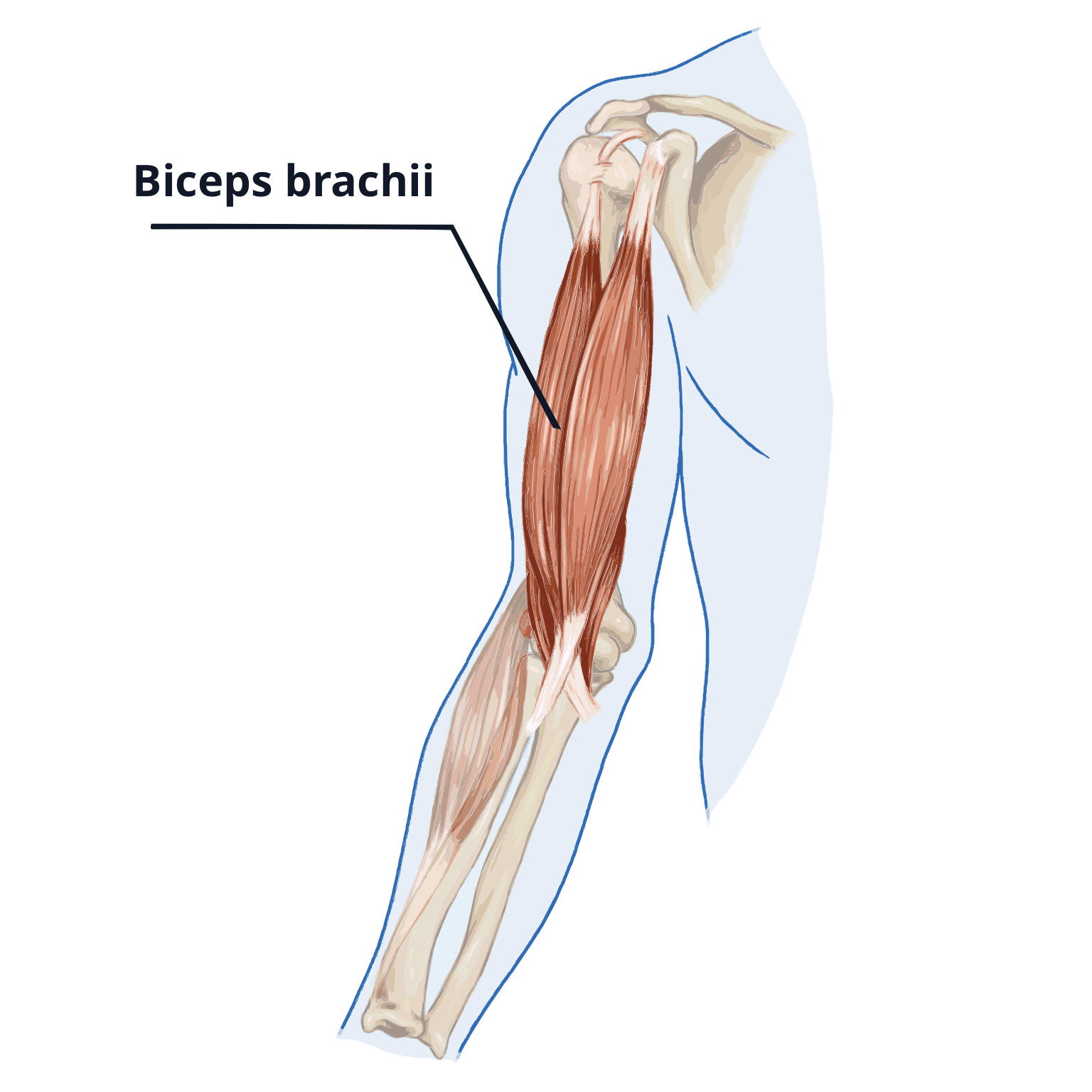
By adjusting your grip width, you can target different parts of your biceps. Using a wide grip, preacher curls target the short head of your biceps. And a narrow grip will result in greater activation of the long head.
Preacher curls also work your brachialis muscles. This muscle sits in the upper arm, just underneath your bicep muscle, and connects your humerus (a bone in your upper arm) to your ulna (forearm bone). It is the primary flexor (a muscle that bends a limb about a joint) of your elbow joints. Unlike your biceps, your brachialis muscles only attach at one point on your humerus.

Working your brachialis muscles improves overall arm strength and size.
Finally, preacher curls also work your brachioradialis muscles. This is a muscle in the outer part of your forearms, and assists the biceps and brachialis muscles in flexion of the elbow. They also help stabilize the elbow.
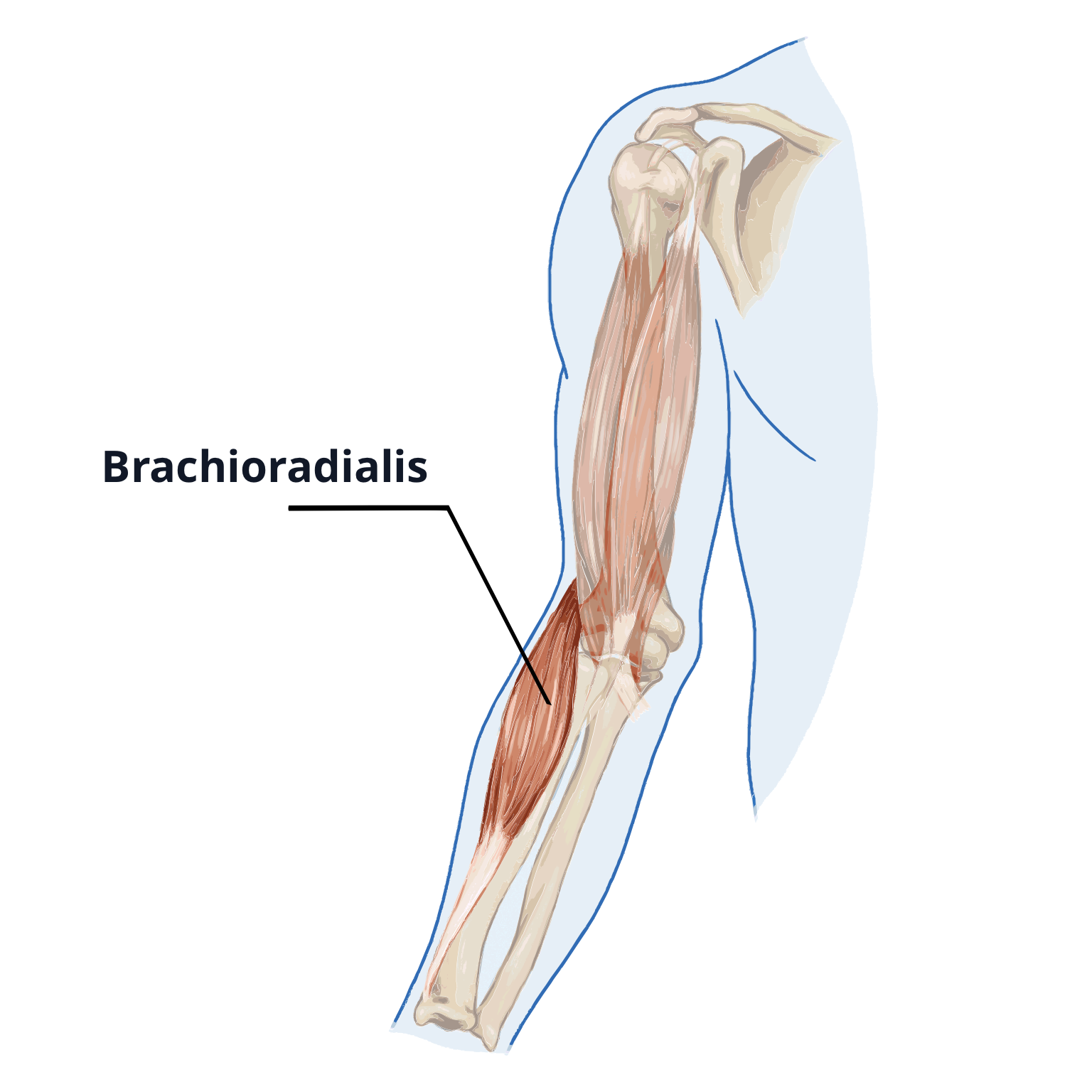
Other muscles
Aside from working your biceps, preacher curls also engage other muscles to a lesser extent.
Your forearm flexors are activated during the curl exercise. These muscles are a group of muscles inside your forearm, and work to bend your wrist and fingers. Regularly performing preacher curls can help strengthen and tone these muscles.
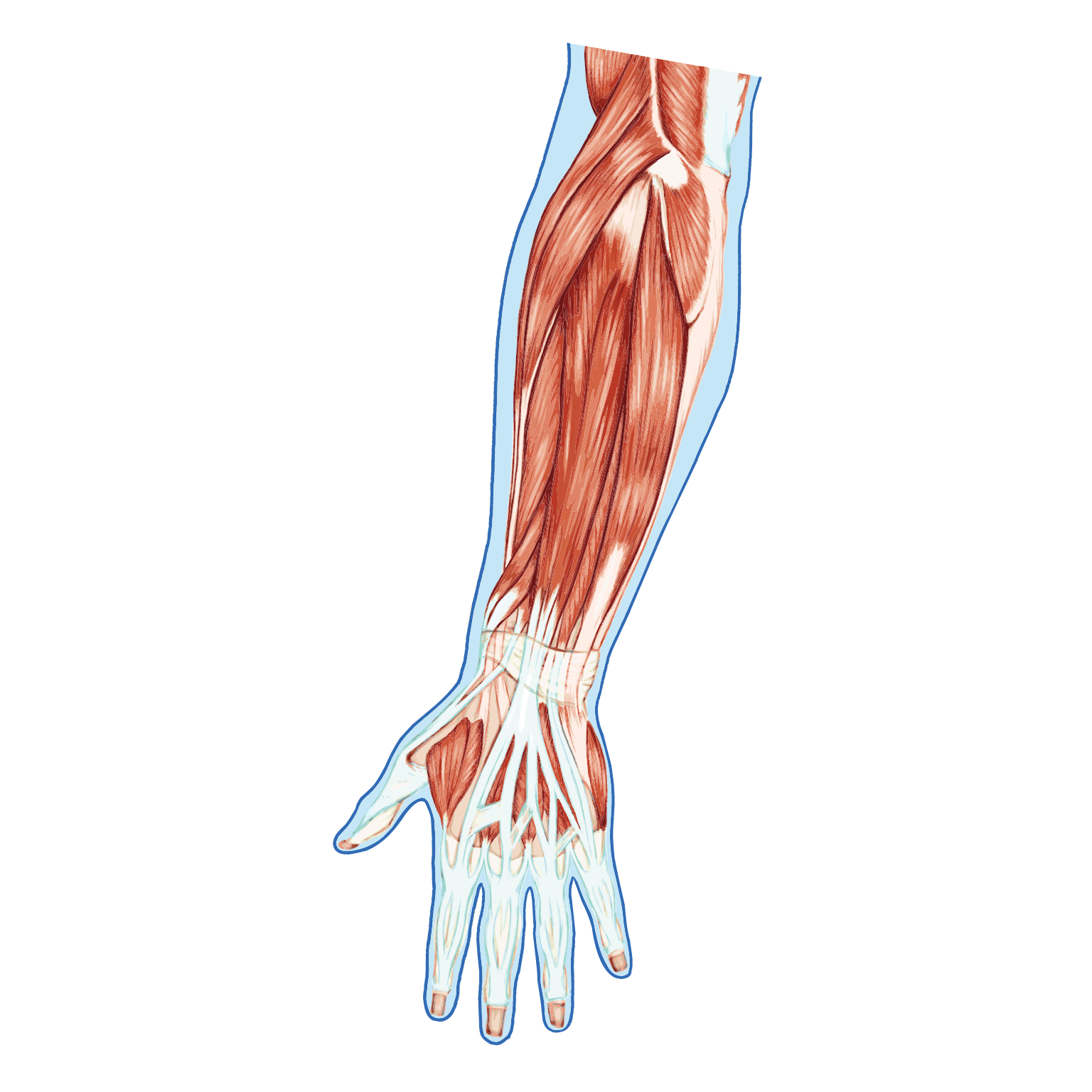
Strong forearm flexors help with everyday activities and improve your overall arm strength. This can help prevent injuries from either daily activities or your workout routines. The forearm flexors are often neglected in many workout routines, so doing some preacher curls is a great way to balance out your strength and muscle development.
Not a strength exercise
It’s important to stress that preacher curls are not a traditional strength exercise. Preacher curls use lighter weights and focus on isolating the biceps. You can think of it more as an accessory exercise. You won’t build overall strength and muscle development from preacher curls alone, whereas you might with other compound exercises.
That doesn’t mean that preacher curls are useless! They are still beneficial to developing the size and definition of your biceps. You can pair preacher curls with compound exercises like rows and chin-ups in your regular workout routine.
So avoid lifting heavy weights when curling. Remember, the primary purpose is to isolate your biceps. If you lift too heavy, you are more likely to have poor form, which can make the exercise less effective or pose an injury risk.
Opt for a weight that allows you to maintain good form through the range of motion. Lower weight, with higher reps, is just as effective for your muscle growth!
How to do preacher curls
Set up
First, sit down on a preacher curl bench. The position of your body during the exercise is key to isolating your biceps and focusing your movement solely in that muscle group. Your upper arms and chest should remain in contact with the pad throughout the exercise. This will ensure proper form and stability.
Maintaining the proper form is also key to reducing the injury risk. Whether you are an experience or novice lifter, you should always prioritize proper form over lifting heavier weights.
Your feet should be flat on the ground to provide additional stability.
Tuck your chin slightly in towards your chest. This will help you keep your neck in a neutral position during exercise, reducing the risk of strain or injury.
Performing the curl
Lean slightly forward and grip the EZ bar with an underhand grip. Keep your elbows close to your sides, and remember to engage your core for stability.
Slowly curl up towards the shoulders, in a controlled motion. Focus on engaging your bicep muscles rather than using momentum to lift the bar.
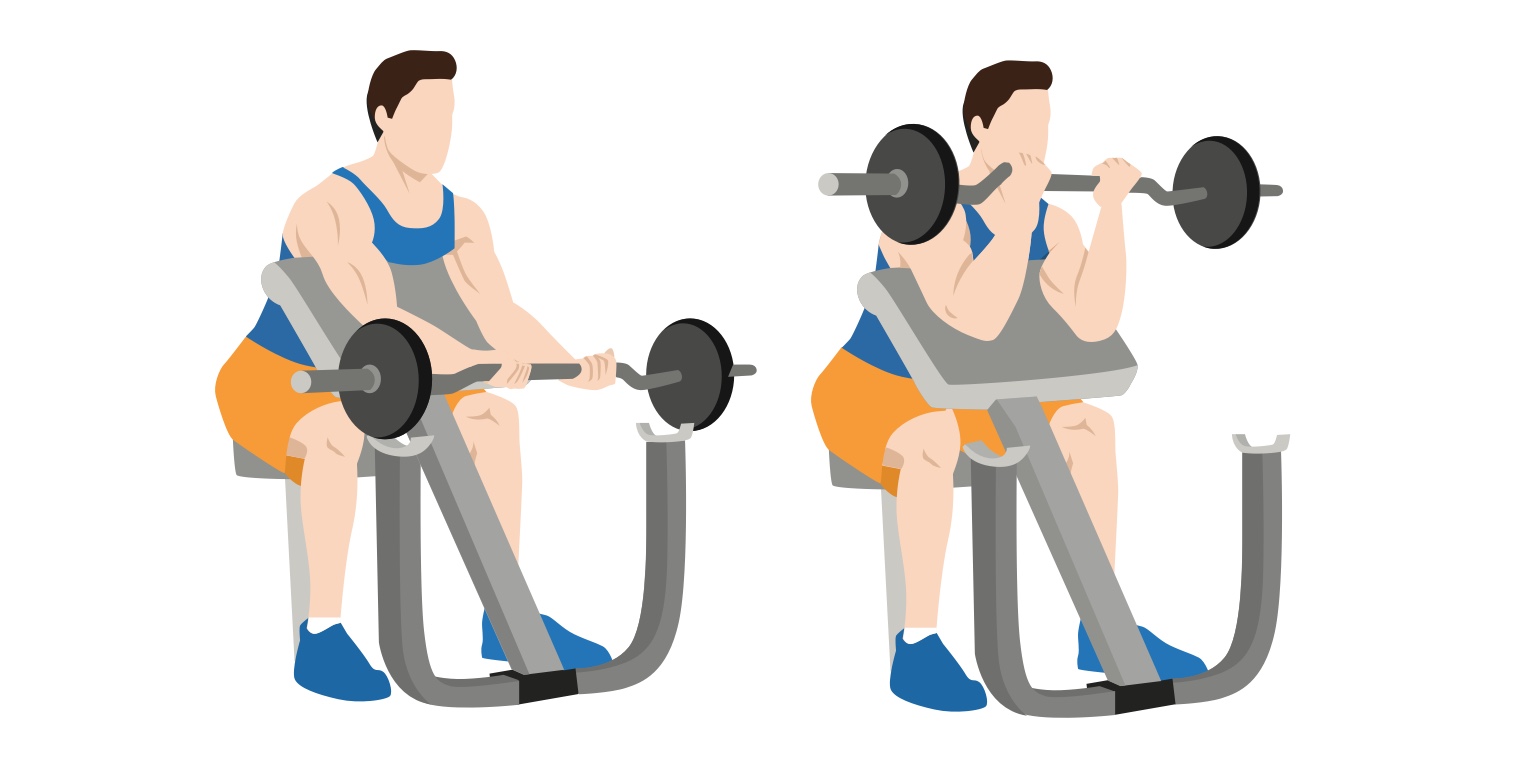
After reaching the top of the curl, slowly lower your arm back to the starting position. Keep control of the weight as you lower your arm – don’t let gravity do the work for you! Ensure a full extension of your elbows to achieve the complete range of motion, which will maximize the engagement of your biceps.
Exhale as you lift the bar towards your shoulders, and inhale as you lower the weight back to the starting position.
Repeat the curl for the desired number of reps.
Remember, it is crucial to keep your chest pressed against the bench throughout the movement. This will stabilize your body, prevent strain and channel your effort into your biceps.
Sets and reps
When it comes to the number of sets and reps, your goals are the key deciding factor.
If you are looking to build muscle, 3-4 sets of 8-12 reps is a good place to start. Use a moderate-to-heavy weight (but not too heavy – remember this isn’t primarily a strength exercise!)
If your goal is to improve muscle endurance, then 2-3 sets of 15-20 reps, with a lighter weight, should be your focus.
In general, starting with a lighter weight, and gradually increasing the weight over time, is a safe way to go. It helps prevent injury and allows you to perfect the form before lifting heavier weights.
Choosing a weight is not simply about pushing your limits, rather about maintaining good technique throughout the exercise. An appropriate weight is one that challenges you, but also allows you to complete each rep with proper form. Lifting a weight that is too heavy will mean poor form, and can ultimately lead to injury.
Common mistakes
One of the most common mistakes is not having proper form during the exercise. This makes the exercise less effective, because you are not engaging the target muscles, and can increase your injury risk. Correct form ensures tension is maintained on the biceps throughout the movements.
Incorrect form might be lifting your elbows off the pad or curling too quickly which can create stain in your wrists. Maintain a straight back and engage your core. This helps keep your body stable, and avoids engaging muscle groups other than the biceps.
Using too much weight is another mistake you will want to avoid. Too much weight naturally leads to improper form and injuries. Choose a weight that allows you to maintain proper throughout the full range of motion.
But on the other side, not using enough weight could also be an issue. Lifting too light can hinder your progress and muscle growth. So it is important to gradually push yourself and increase the weight as your arms become stronger.
Variations
EZ Bar preacher Curl
The EZ Bar preacher curl is a popular weight lifting exercise. The EZ Bar itself is a shorter and curved version of a traditional barbell. It is easier on your wrists than a straight barbell, because you can hold the bar with an angled grip. This reduces wrist strain and allows you to hit a greater range of motion.
Many weightlifters find the EZ Bar easier than a barbell preacher curl because of the natural wrist position, and because it reduces discomfort and facilitates better form during the movements.
Close-grip preacher curl
In this variation, with your arms resting on the preacher bench pad, perform curls with your hands closer together than in a traditional bicep curl.
The use of a narrow grip places greater emphasis on the outer portion of your biceps (remember, using a narrow grip puts more emphasis on the long head).
But it’s important to not go too narrow, as this can place extra strain of your wrists. Adjust your grip width to something that is comfortable.
Preacher hammer curls
Preacher hammer curls use a hammer grip with dumbbells. A small change in your hand position can make a big difference in terms of which muscles are targeted by the exercise.
Your wrists should be in a neutral position. Preacher hammer curls can be easier on the wrist than traditional preacher curls, because the neutral position reduces strain.
A key benefit of preacher hammer curls is that they target the brachioradialis and brachialis more than the standard preacher curl.
Dumbbell preacher curls
This variation simply uses dumbbells rather than an EZ Bar. It is a great exercise if you have muscle imbalance between your left and right arms.
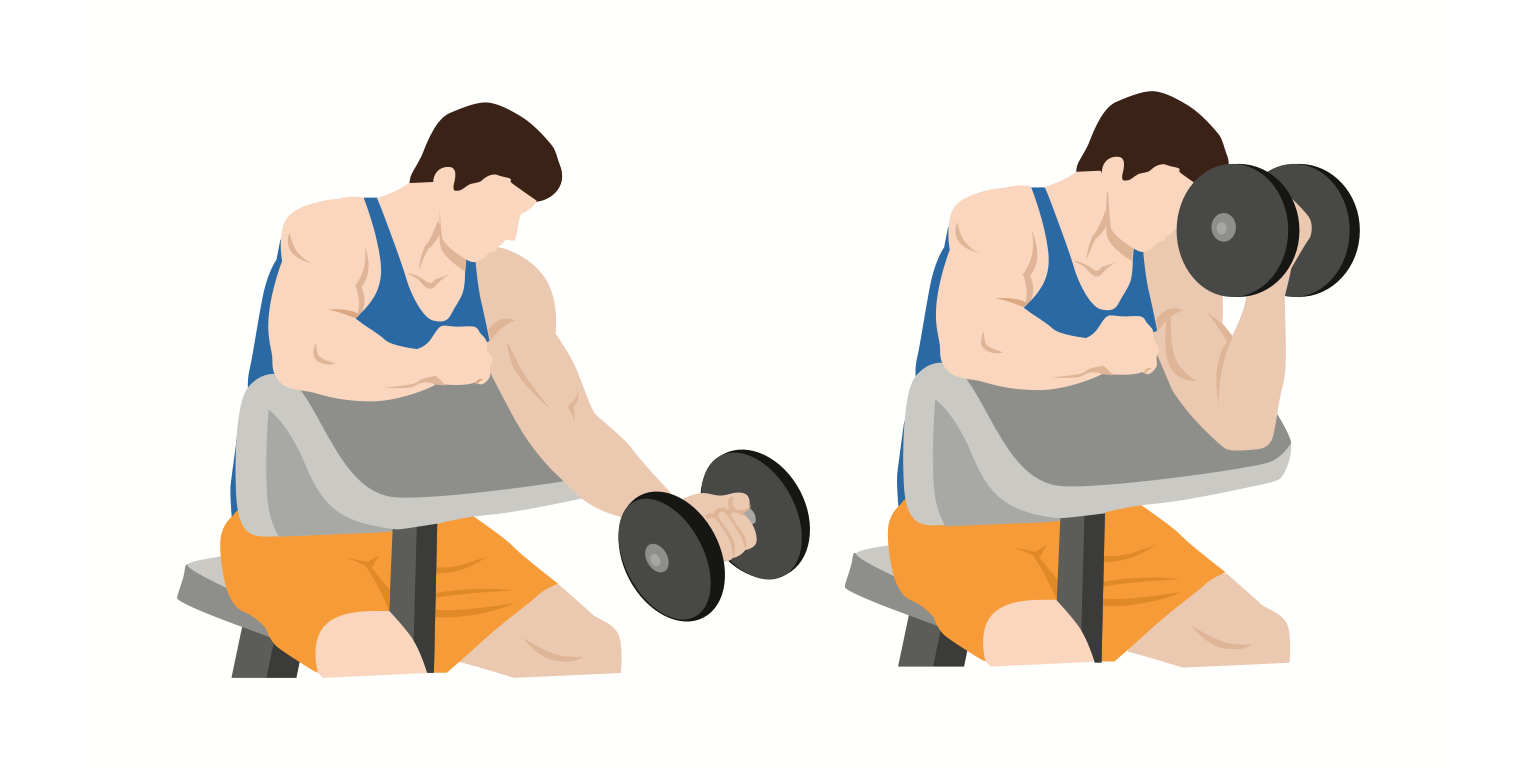
Preacher curl cable machine
A preacher curl cable machine is a piece of equipment designed specifically to target your bicep muscles. It is an adjustable bench with a cable pulley system, with adjustable weight loading. You sit on the bench, resting your elbows on the pad, and simply curl the weight towards your shoulders using only your biceps.
The machine provides additional benefits compared with the free-weight versions of this exercise. The adjustable weights and pulley encourage more controlled movements, which prevent you cheating or your momentum.
Most important, the cable machine keeps constant tension throughout the movement. As you curl up or lower down, the resistance remains constant. This ensures muscles are challenges through the entire range of motion, leading to more effective muscle growth.
Constant tension maximizes hypertrophy, because it provides a continuous tension on your muscles during the motion. This results in bigger and stronger biceps!
The machine preacher curls can also reduce injury risk, since it prevents sudden strain on your body as you exercise.
A preacher curl cable machine is a rarer piece of equipment, but we would recommend this variation of preacher curls if your gym has the machine available.
